6 Ways to Support Autistic People of Color with Psychosocial Disabilities
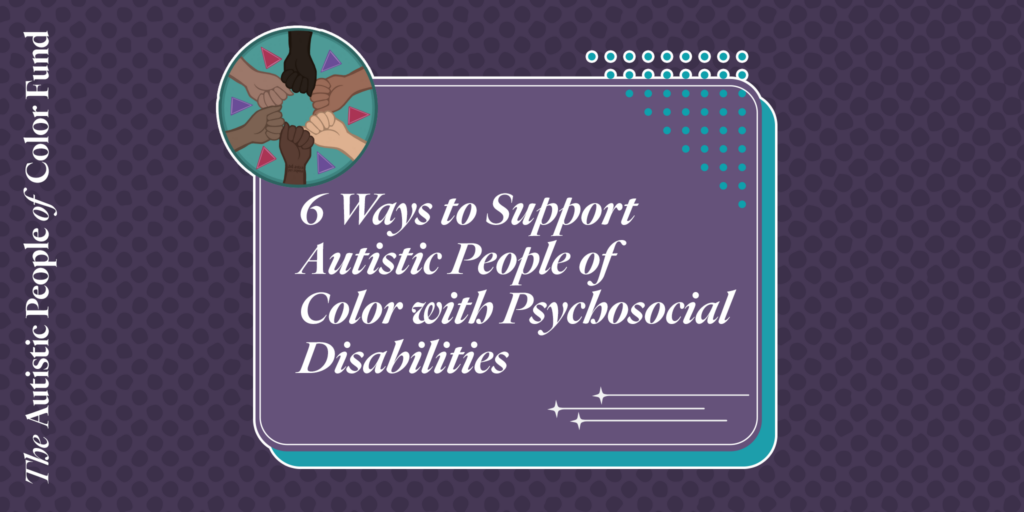
Understanding the intersection between autism, race, and mental health can be a challenge, even for seasoned mental healthcare practitioners and policymakers. In our Autism, Race, and Mental Health policy brief, we outlined some ways that service providers can improve mental healthcare for autistic people of color, from understanding the ways autistic people express themselves to using culturally rooted methods to support people undergoing mental distress. Here are six of those tips:
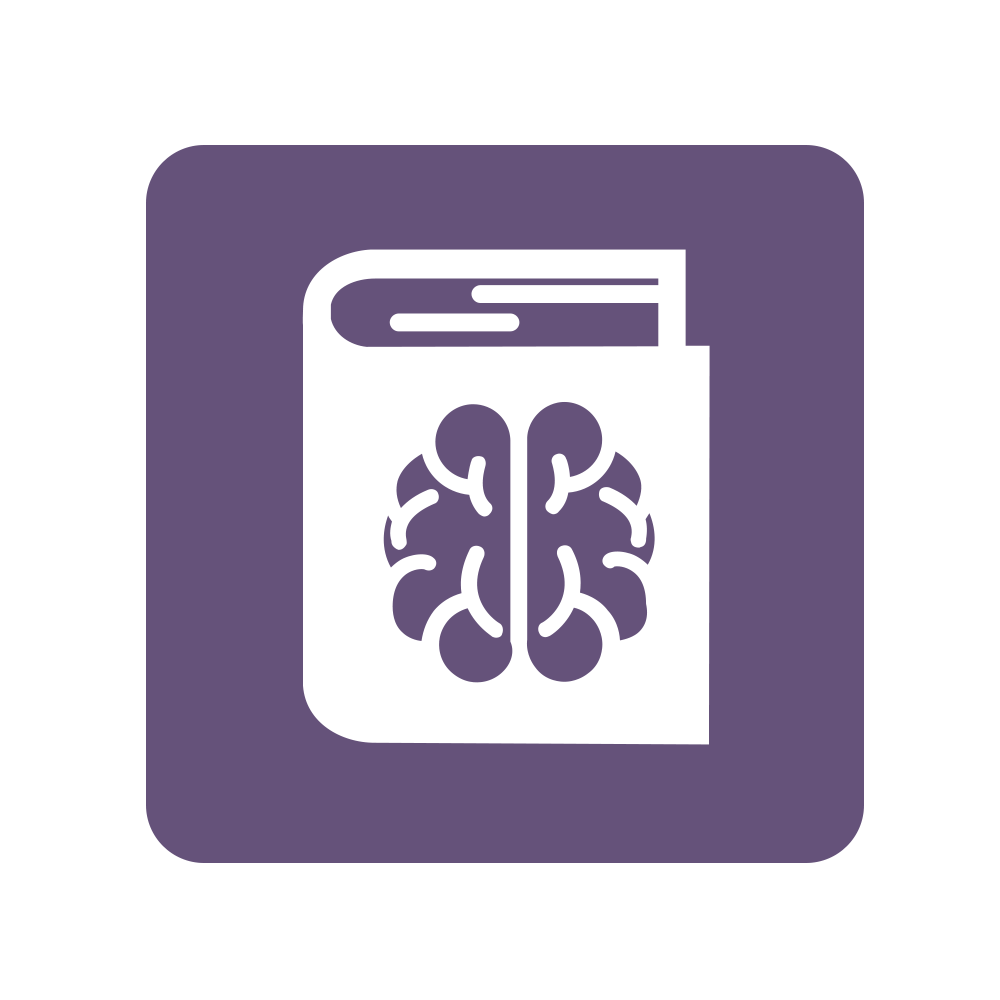
Learn about autism and how autistic self-expression can affect the way people perceive our mental health. Autistic people may not express our psychological distress in ways that therapists recognize.
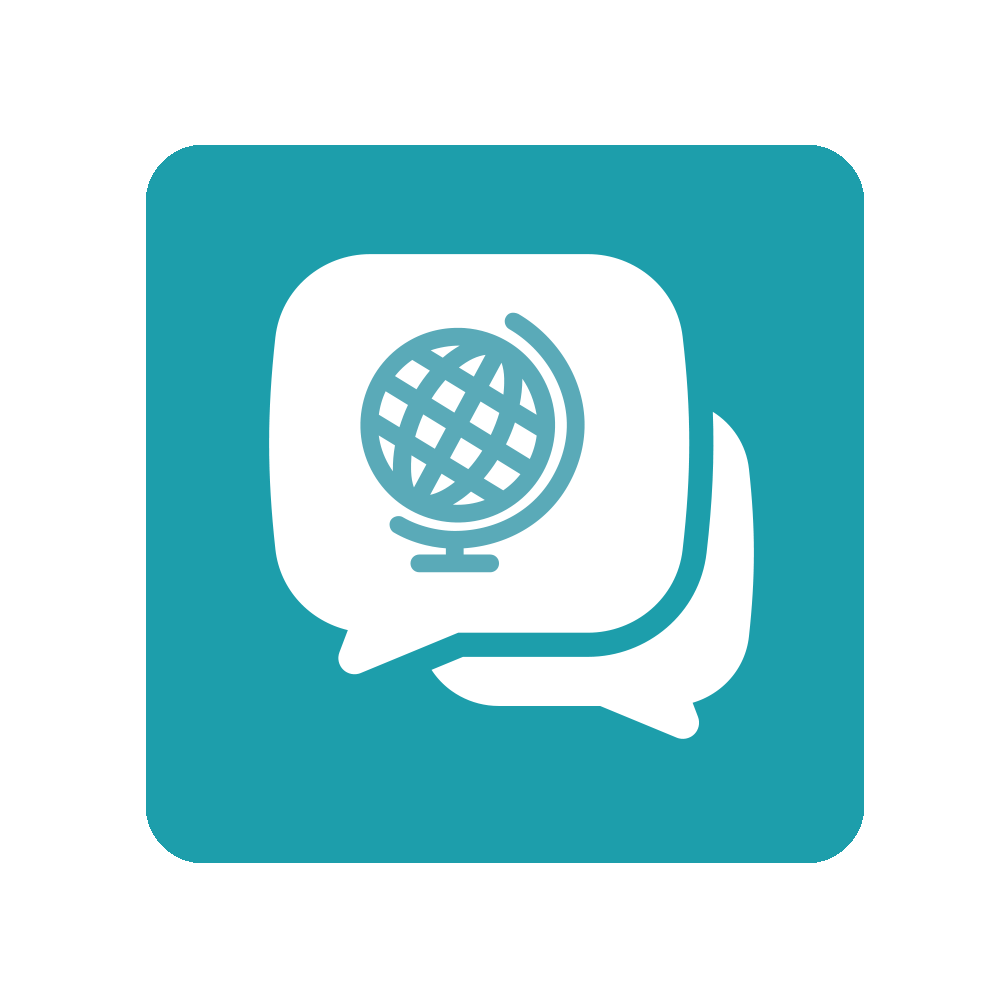
Talk about mental health conditions in ways that reflect people’s cultural backgrounds. In many non-Western cultures, indigenous classifications may be used alongside or instead of psychiatric labels.
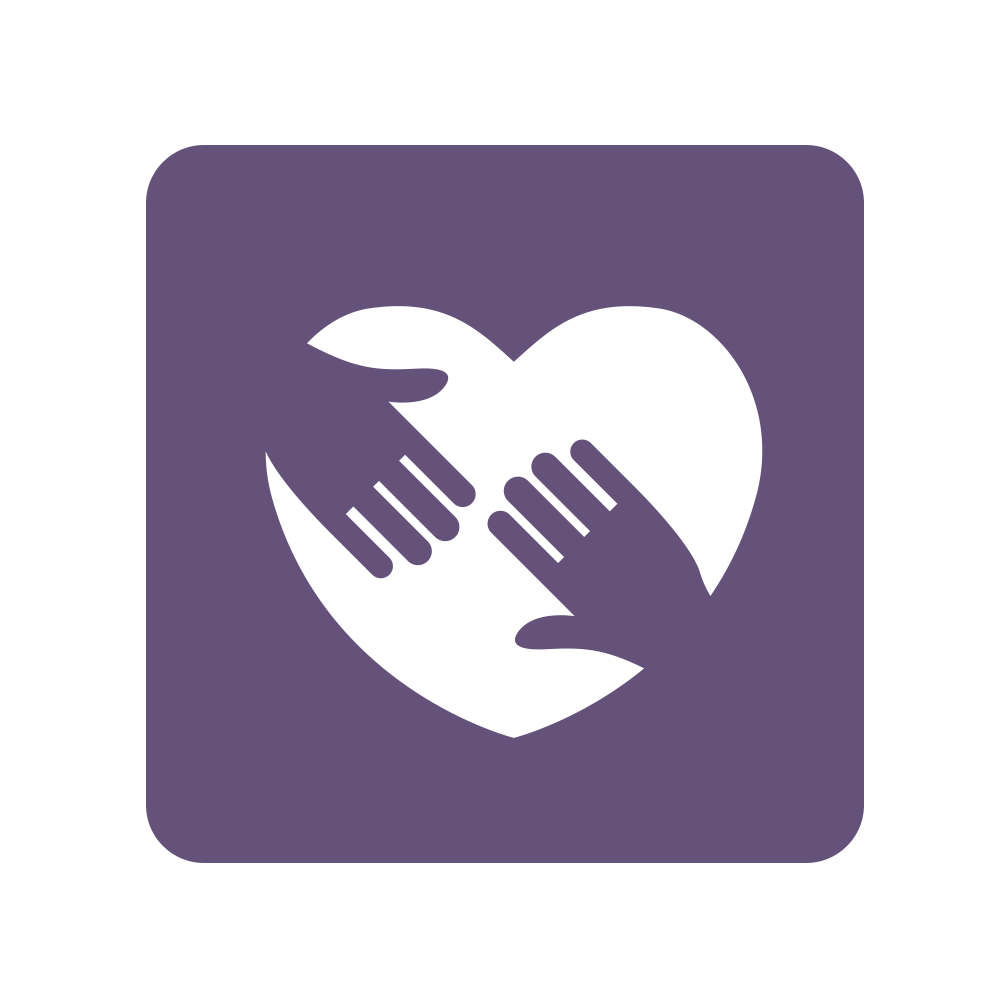
Support the family and friends of autistic people of color with psychosocial disabilities, since community support is a crucial element in recovery.

Acknowledge that indigenous support systems in the Global South can perform just as well as, or better than, North American or European biomedical models. Groups in Uganda, India, and Nigeria have used indigenous methods to support people with psychosocial disabilities to live full lives in the community.
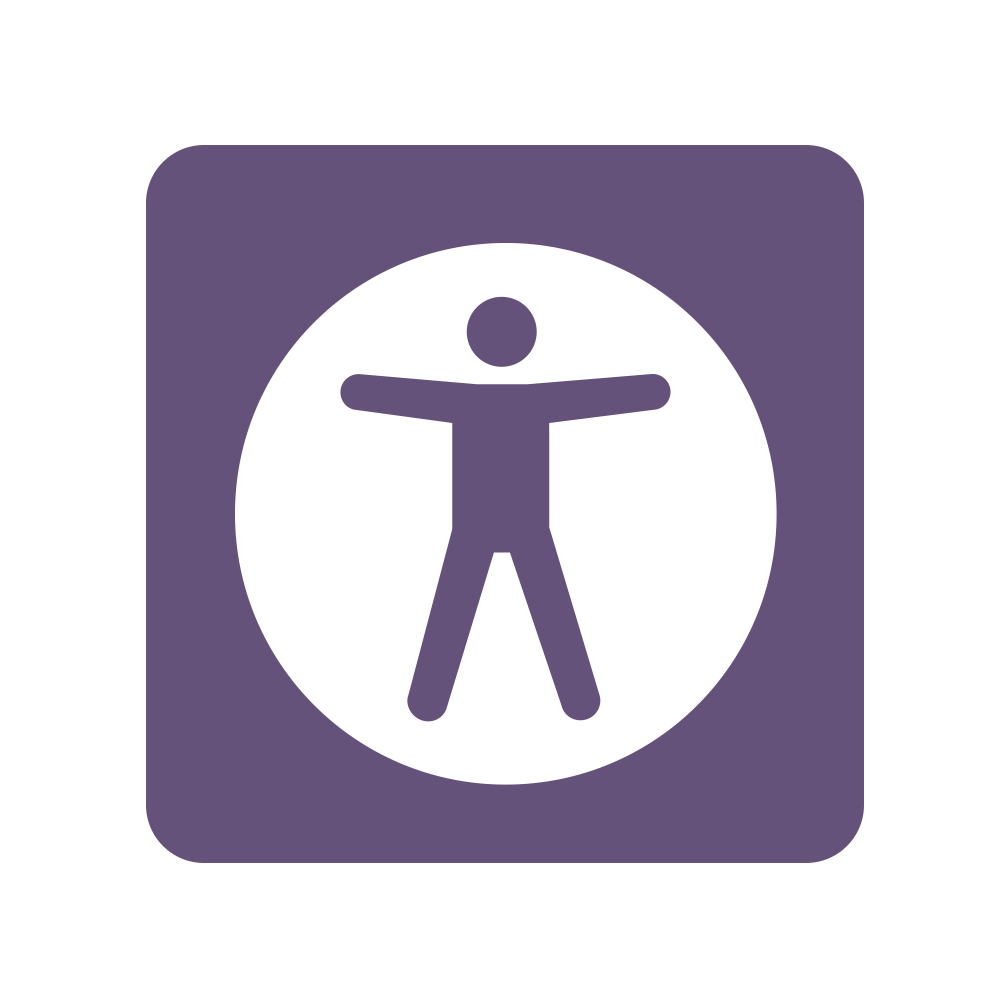
Make workplaces, doctors’ offices, hospitals, and other public spaces accessible to autistic people. Since pretending to be neurotypical can increase anxiety levels, it’s important to ensure that autistic people have the space to be who we are. Some examples include, offering places to recuperate, providing low-noise offices, allowing employees to take more frequent breaks, giving instructions in writing, prompting and cueing, and more.
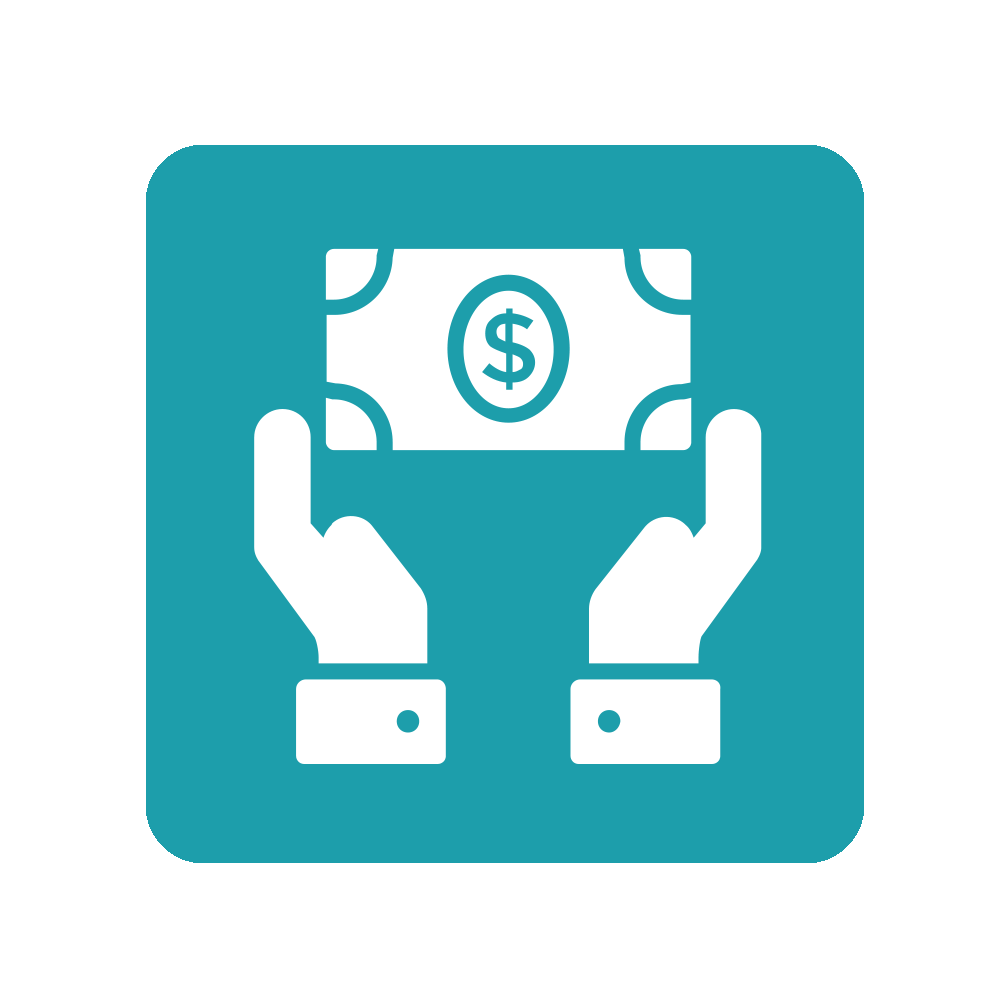
Fund and support community-based programs for people with psychosocial disabilities—especially ones led by community members. For example, Women’s Circles in rural Guatemalan villages bring Indigenous women together to support each other through camaraderie and mutual aid. In Zimbabwe, the Friendship Bench program provides community support and cognitive-behavioral therapy that rely on indigenous concepts of psychosocial disability.